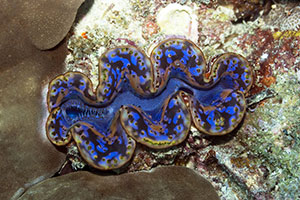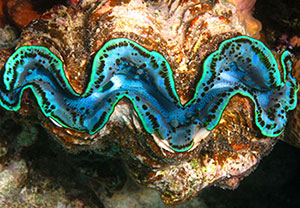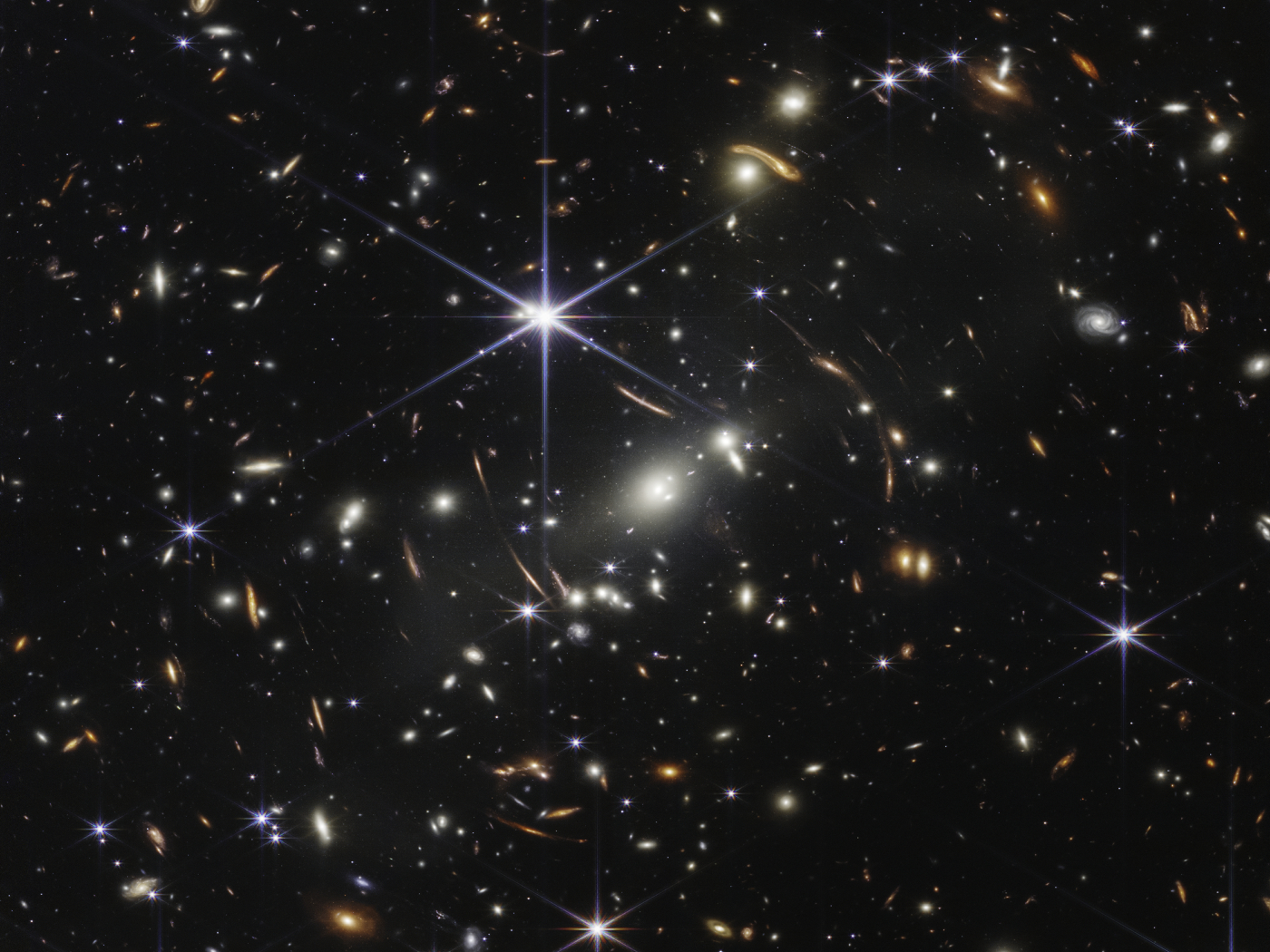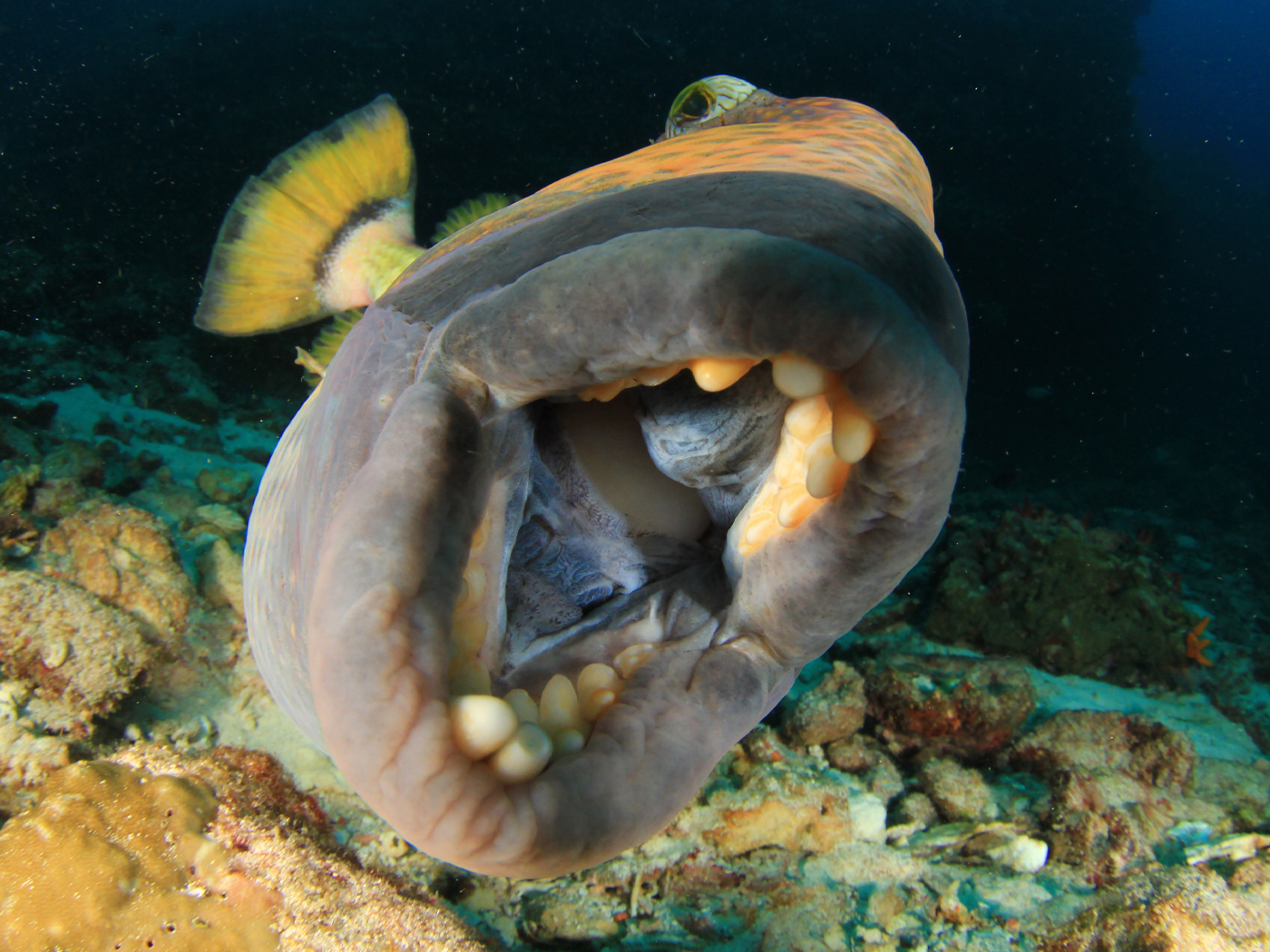Giant clams living in the Pacific Ocean's shallow-water tropics display brilliant, iridescent colors. Other mollusks like squid and sea snails use specialized color-producing cells to communicate or camouflage—but clams don't talk or hide. Why do they display such radiance? Researchers uncovered five high-tech specifications that show how these giant clams use specialized iridescent cells to farm colonies of algae.
 A University of Pennsylvania news release through EurekAlert said, "A team of researchers from the University of Pennsylvania and the University of California, Santa Barbara, has now shown how giant clams use these structures to thrive, operating as exceedingly efficient, living greenhouses that grow symbiotic algae as a source of food."1
A University of Pennsylvania news release through EurekAlert said, "A team of researchers from the University of Pennsylvania and the University of California, Santa Barbara, has now shown how giant clams use these structures to thrive, operating as exceedingly efficient, living greenhouses that grow symbiotic algae as a source of food."1
The clams have special cells called iridocytes directly exposed to the tropical sun. Beneath these grow microscopic towers of algae cells. The multi-functional iridocytes lessen the overpowering levels of sunlight (which would otherwise damage the algae), select just the wavelengths of light that the algae prefer, and actually direct those wavelengths toward the tiny algae towers. The giant clams' often brilliant appearance comes from the unwanted wavelengths that its iridocytes direct back out toward the sun.
Working together, the clam supplies algae with the right intensity and wavelength of light, along with protected living quarters, and the algae feed the giant clams by photosynthesis.
 These amazing, living greenhouses need at least these five specifications in order for this phenomenal process to function properly, according to the technical description published in the Journal of the Royal Society Interface:
These amazing, living greenhouses need at least these five specifications in order for this phenomenal process to function properly, according to the technical description published in the Journal of the Royal Society Interface:
- First, the clams anchor themselves to the shallow sea floor. They use hinges to ensure "that the shell gape always points upward to the sky, thus exposing the animal's mantle tissues [that harbor algae] to sunlight."2
- Its iridocyte cells contain "a visible-wavelength-resonant Bragg reflector consisting of alternating layers of transparent high-index, protein-filled membrane-bound platelets surrounded by layers of transparent, low-index extracellular space."2 The alternating layers have just the right thicknesses to separate targeted wavelengths.
- Iridocytes are not haphazard, but arranged in clusters that the study authors described as "oriented roughly parallel to the surface of the tissue and perpendicular to incoming light."2
- Delicate but precise tubular membranes grow out from the clam's stomach tissue as it matures, providing perfectly oriented living quarters for the algae it maintains. Light passing through the iridophores perfectly bathes each column of algae with light, maximizing their photosynthetic efficiency.
- Also, the iridocytes do with sunlight what transformers do with power lines. Step-down transformers, those large grey-colored cans hung on power poles, use precisely spaced copper coils to change high source voltage to a lower voltage appropriate for common household appliances. Again the authors wrote, "The clam's iridocytes, analogous to a transformer, distribute incoming solar flux over a greater area, reducing it to a rate safe for its energy consumers, the algae, while the total energy available to the system remains constant."2
These researchers discerned that iridophores are at least as precisely designed as man-made transformers, but how do they explain these clever clam contraptions? They simply wrote that these structures are "highly evolved."2 Would it be more accurate to call them "skillfully crafted?"
These study authors made a great inference from one designed machine to another. But when it came to inferring that iridocyte light transformers were designed by Someone—just like electric transformers—these researchers clammed up.
References
- Lerner, E. 2014. Research from Penn and UCSB shows how giant clams harness the sun. University of Pennsylvania press release via EurekAlert. Posted on Eurekalert.org October 3, 2014, accessed October 3, 2014.
- Holt, A. L. et al. 2014. Photosymbiotic giant clams are transformers of solar flux. Journal of the Royal Society Interface. 11(101): 20140678.
* Mr. Thomas is Science Writer at the Institute for Creation Research.
Article posted on October 15, 2014.












